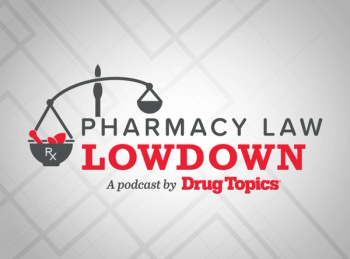
Personalized medicine and the future of pharmacy
The promise of personalized medicine is approaching realization. As more medications are developed, pharmacists will be on the front line of individualized prescribing based upon genome-based diagnostic tests.
Key Points
June 25 marks the 10th anniversary of what many consider a benchmark event for personalized medicine. Ten years ago when President Clinton, joined by U.K. Prime Minister Tony Blair, announced the preliminary completion of a "rough draft" of the Human Genome Project (HGP), 3 billion base pairs of DNA had been mapped. While this was admittedly "only the first step in the full decoding of the genome," it was cause for much scientific excitement. With the advent of supercomputers and informatics to crunch the mind-boggling numbers, the HGP project was formally completed in 2003, two and a half years ahead of schedule, at a cost of $2.7 billion.
Since then, many new initiatives continue the work. Among them are the International HapMap Project (
Both before and after the completion of the HGP in 2003, researchers worldwide, anticipating the development of specific targeted therapies, jumped at the task of investigating genetic sequences responsible for diseases. Their work has laid the groundwork for the day when patients will be treated on the basis of their unique genetic blueprints and the practice of medicine will be distinctly individualized and personalized.
More data for the Rx
Abrahams, whose organization was founded five years ago by a consortium of concerned academic health centers, pharmaceuticals manufacturers, and biotechnology stakeholders, added, "As more and more medications are developed, pharmacists are on the front line of the actual prescribing, [and this] will have to be individualized, based upon certain diagnostic tests in the future."
In oncology, for example, a therapeutic arena in which medications may cost a single patient hundreds of thousands of dollars per year, understanding the complex genetic pathways that will identify whether a patient will respond to a particular therapy is becoming an essential component of care. This aspect of medical practice is truly personalized to the individual. Today, Abrahams said, there are 6 drugs for which FDA requires diagnostic genetic testing before prescription, about 30 for which a diagnostic test is recommended, and another 200 with pharmacogenomic information on the labels.
FDA provides a table of Valid Genomic Biomarkers (
Newsletter
Pharmacy practice is always changing. Stay ahead of the curve with the Drug Topics newsletter and get the latest drug information, industry trends, and patient care tips.













































































































































